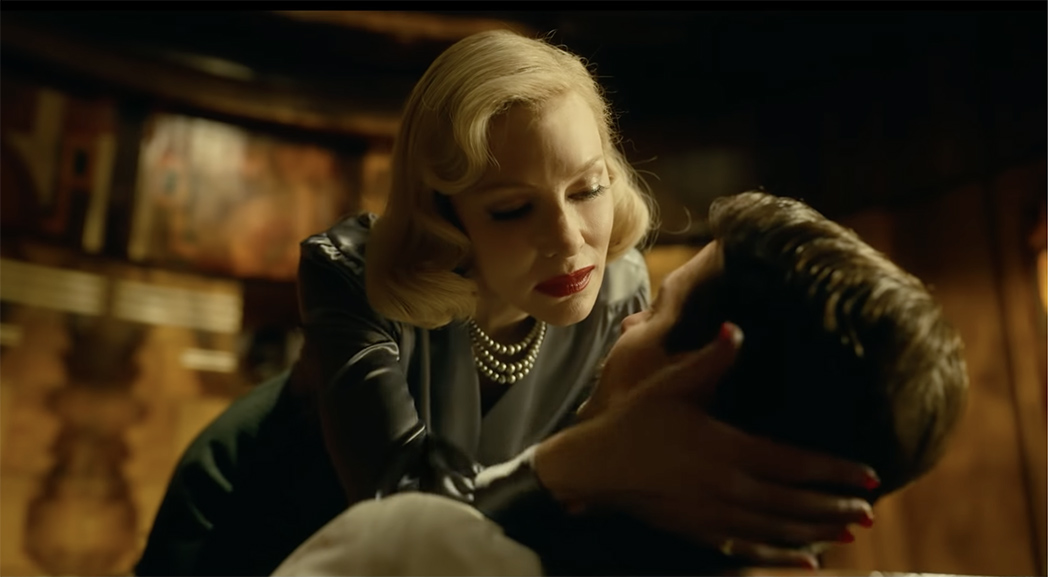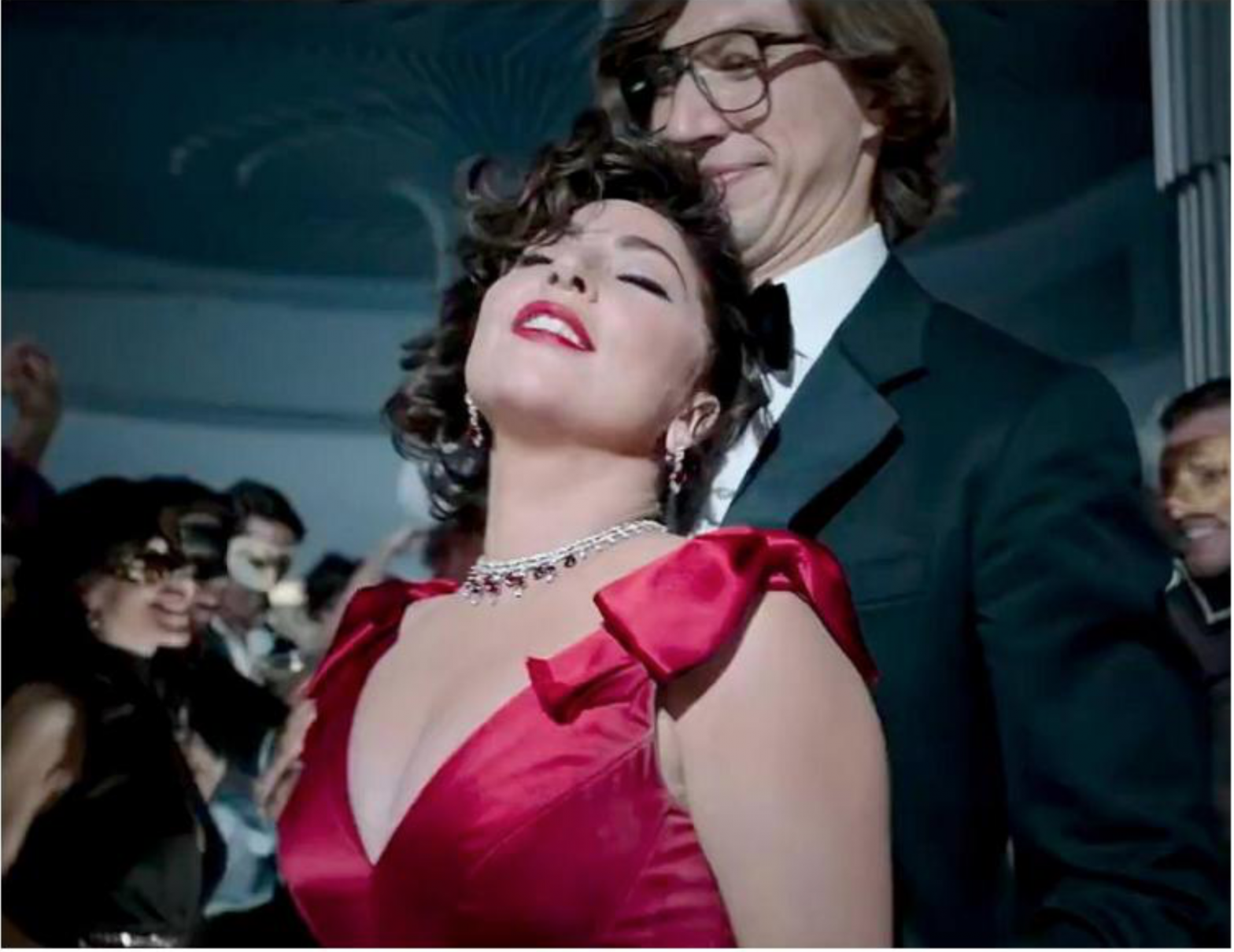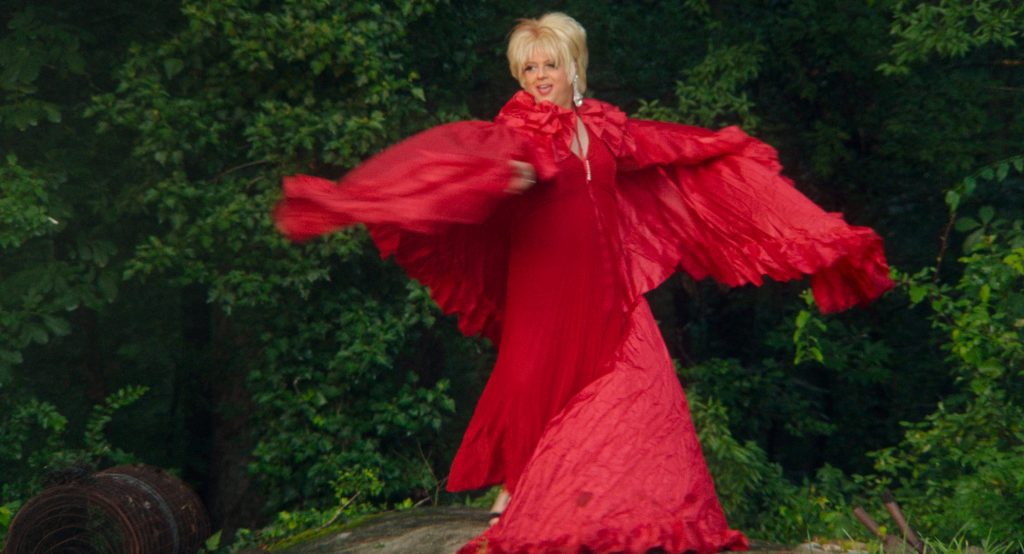A group of friends goes out to a secluded cabin in the woods—no other cabins within screaming distance, one of the friends claims—for a weekend of laid-back partying. As night falls and the group gets to some slightly drunken, scary storytelling, a tale about a woman who’s broken out of a psychiatric hospital becomes a bit too real.
So begins Curse of the Slasher Nurse, a new take on the classic slasher film, written, acted, directed and produced by a group of horror movie fanatics in Orange, Virginia.
Curse of the Slasher Nurse
Violet Crown Charlottesville
October 28
Dave Kerr, Amber Fulcher, Kea Raines and Josh Shifflett grew up watching 1980s flicks like Friday the 13th, A Nightmare on Elm Street, Child’s Play and others with suspenseful, gory storylines in which psychopathic serial killers stalk and murder their victims, usually with bladed weapons. There was something appealing about the combination of feelings that these movies brought out in them, of being scared, amused and curious all at the same time.
After seeing plenty of bad slasher movies and feeling bored by current trends in the genre, the four friends decided to make their own slasher flick, one that in true classic fashion included plenty of blood, bad decisions, a little nudity and a good dose of comedy. So, they rounded up about $5,500 and some volunteer actors to film Curse of the Slasher Nurse in and around Orange.
Recent horror films like Hostel focus too much on trying to scare an audience that has already seen it all, says Kerr, who wrote and directed Slasher Nurse. These so-called “horror porn” movies are about maximum scare instead of suspense and, as a result, can come off dry in more ways than one—Kerr says that some modern horror films use too much CGI (and low-budget, bad CGI at that) while others, like the 2009 remake of the 1980 classic Friday the 13th, use too little blood.
And when there’s too little blood, the Slasher Nurse folks say there’s less room for comedy. Part of the delight of old slasher movies is the amount of blood—“there’s so much blood, blood everywhere, and if you really think about it, you wonder where all that blood is actually coming from,” says Fulcher, Slasher Nurse actor and producer. Sometimes there’s just no way all that gore came from a single severed hand.
Slasher Nurse special effects artist Raines (who also plays the titular title character) used about three gallons of fake blood, adding a little gelatin to it in some cases to make it more realistic. Fake blood is designed to splash and splatter like real blood, and it always looks better than CGI, says the longtime horror fan who’s been doing special effects for films and photography for about 10 years. Raines makes her own fake blood and for the lead character used latex, cotton balls and cotton pads, clay, paint and a variety of other supplies to create the nurse’s diseased skin mask, a severed arm, intestines, eyes, brain matter and more.
While Curse of the Slasher Nurse emulates many of its crew’s favorite horror films, it departs from the slasher tradition in one significant way: The film has an adult female killer, whereas most feature adult male killers (Freddy Krueger, Michael Myers, Jason Voorhees, Chucky). Pamela Voorhees, Jason’s mother in Friday the 13th, is an exception.
The slasher nurse is “quite fearful,” says Fulcher. And Kerr promises creative kills, too—the nurse doesn’t murder any of her victims in the same way, he says, all in an effort to have audiences yell “Don’t open the door!” and “Look behind you!” in between handfuls of popcorn (and the occasional chuckle over cheesy acting and an excessive use of fake blood).
Mental notes
What to watch for during your next slasher movie marathon:
Producer/actor Amber Fulcher recommends films that showcase classic slasher qualities: Nightmare on Elm Street, Behind the Mask, My Bloody Valentine, Prom Night, Sleepaway Camp
Writer/director Dave Kerr suggests some movies that you may have overlooked: The Burning: A commonly overlooked movie that “stacks up well.” My Bloody Valentine: Never got the sequel it deserved…mainly because they unmasked the killer. Behind the Mask: A departure from the usual slasher archetype. Slaughter High: Another underrated film. The actor who played the killer died by suicide not long after the movie wrapped. Silent Night, Deadly Night: This takes “something loved by everyone and turns it into something horrifying,” says Kerr.
Kea Raines says keep your eyes peeled for super freaky special effects scenes in: Evil Dead (2013 remake): There are two good ones here, when Mia splits her tongue with the knife, and when The Abomination cuts himself in half with a chainsaw while the sky rains blood. Bride of Chucky: Tilly’s bathtub electrocution. The Devils Rejects: Dr. Satan rips out nurse Marcia’s throat. Psycho: Norman Bates stabs Marion Crane in the shower.









